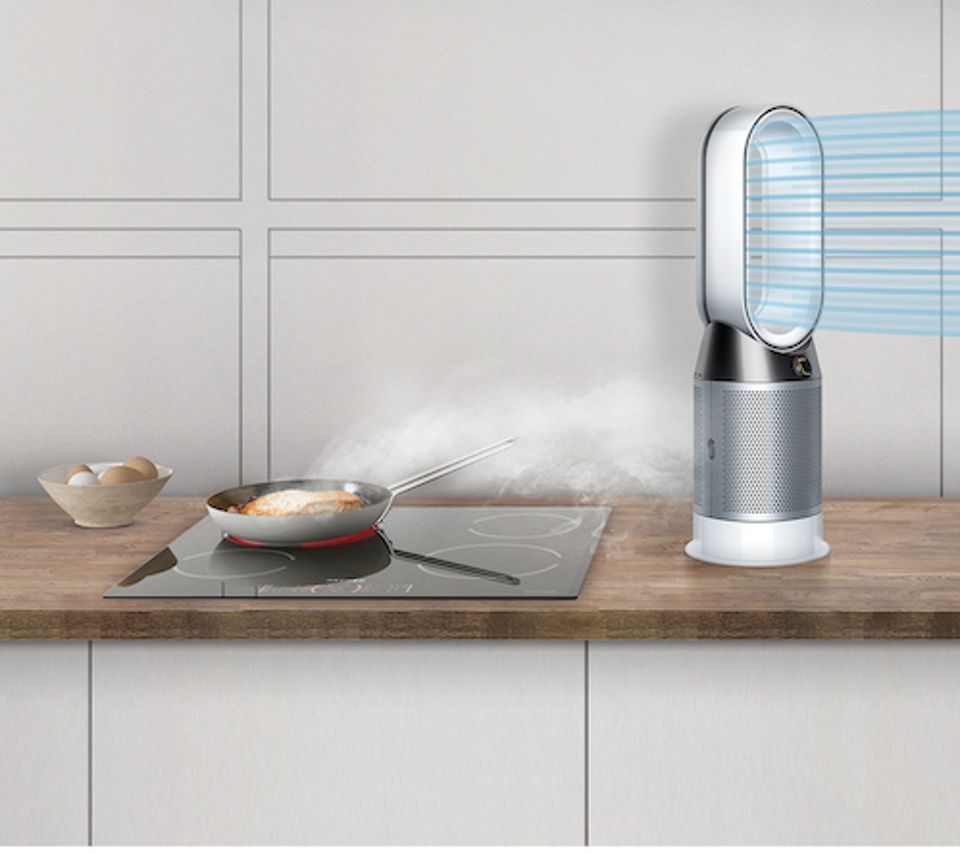
Cooking up a storm: the impact of cooking on air quality
As households in Singapore prepare for the annual Lunar New Year reunion dinners and celebrations, we explore the impact of cooking on our indoor air quality.
14 January 2021
From appliances, to the methods we use and the food that we cook, the kitchen can be an indoor pollution hotspot. Whether you’re cooking up a festive feast or baking for family and friends, preparing food can release a unique mix of pollutants into the air.
Kitchen concentrations of ultrafine particles can often be 10 to 40 times higher after cooking and in some cities, it’s estimated that cooking contributes to 62 per cent of total PM2.5 pollution in homes.
Cooking appliances
The combustion process emits ultrafine particles, which include oil droplets, steam from the water used to cook, ingredients and condensed organic compounds. Research has found that Nitrogen dioxide (NO2) levels are consistently higher in homes that cook with gas rather than electric stoves. It also indicated that levels were greater when cooking for longer periods of time. Electric stoves may not produce as much air pollution as their gas-powered counterparts, but particulate matter can be emitted from the food being cooked on the stove, regardless of the fuel.
Ovens are also pollution offenders, particularly self-cleaning variations, according to the 2001 California Air Resources Board study. As food waste is burned away, potentially harmful concentrations of particulate matter, NO2, carbon monoxide and formaldehyde are released into the kitchen air.
Ensuring that kitchen appliances such as ovens or stoves are fully vented, and are installed, used and maintained correctly can help to minimise this exposure. Furthermore, opening the window while you cook if the air outdoors is clean enough or using mechanical ventilation like a purifying fan can assist by filtering out pollutants.
Cooking method
The way that food is cooked can affect air pollution inside the kitchen. Oil-based cooking, such as grilling and frying food is generally more polluting then water-based cooking like boiling or steaming, as it generates more fine particles.

Odours released from browning food - like grilling meat or frying spring rolls - might smell appealing, but the compounds released during the cooking process that cause these smells, are actually a source of gas pollution.
Food type
The type of food and cooking temperature also impact the amount of pollution released. Higher emissions are observed at higher temperatures, while ingredients with higher fat content have been found to give off more pollution.
The oil type used in cooking can affect pollutant levels and in general, oils with higher smoke temperature produce lower levels of particulate matter. Research indicates that olive oil is one of the worst offenders, releasing the highest concentration of particulate matter.
“Understanding indoor air pollution is the first step in empowering people to make educated choices in the kitchen to help reduce air pollution exposure," says Dyson Head Chef, Joe Croan. "Simple changes in routines such as the type and quantity of oil you use when cooking can have a positive impact in the kitchen.”

Yvette Yeo
Email:yvette.yeo@dyson.com